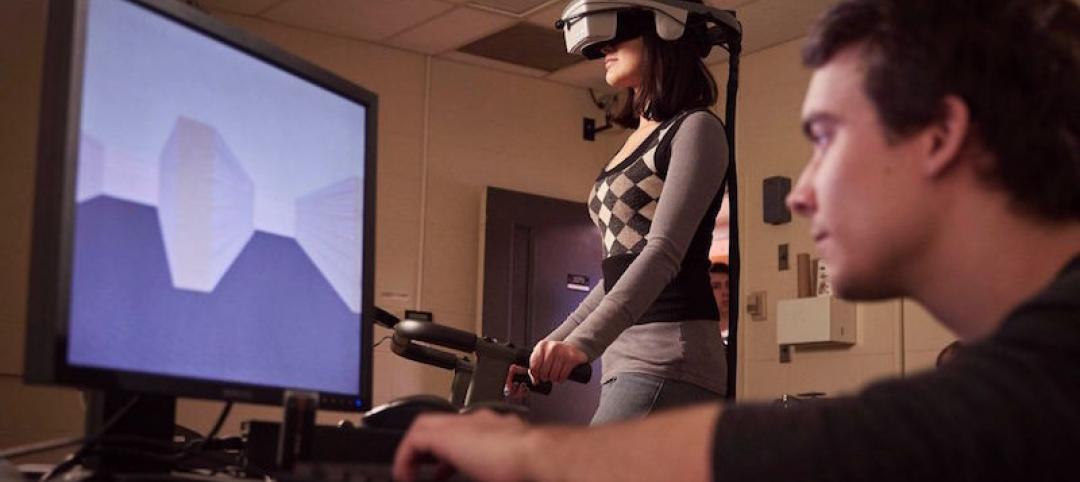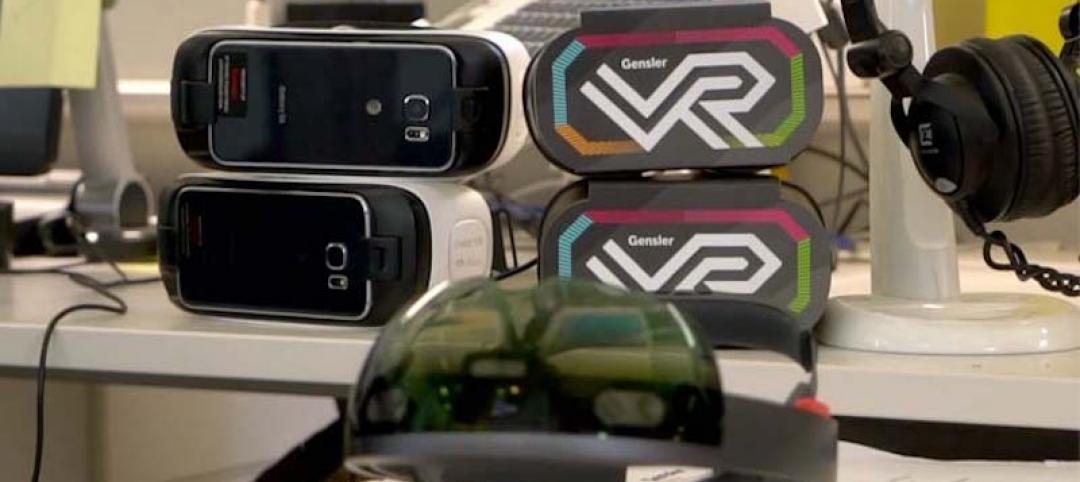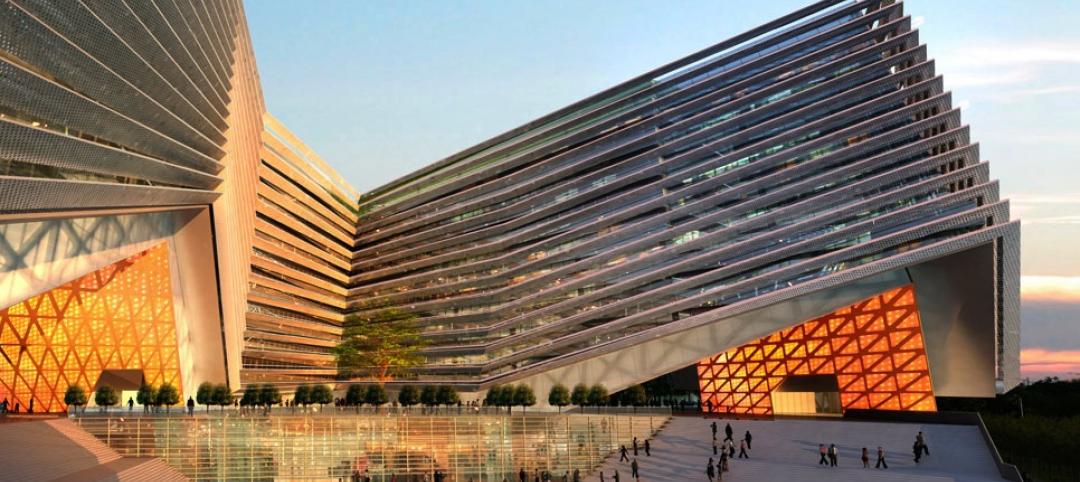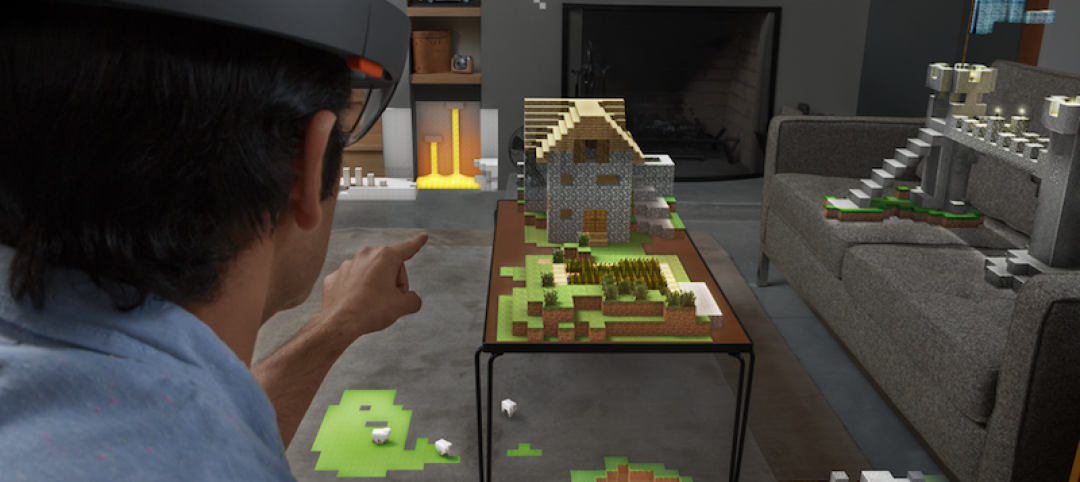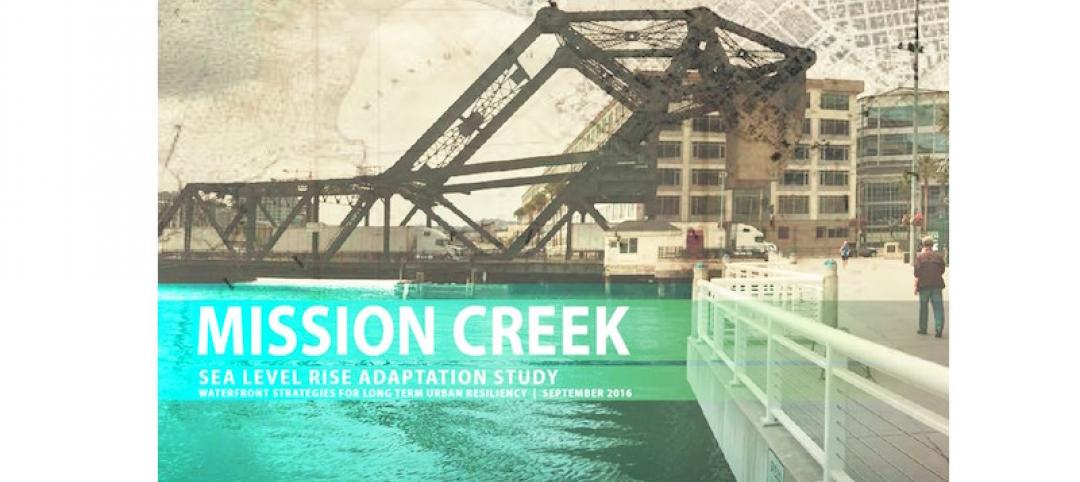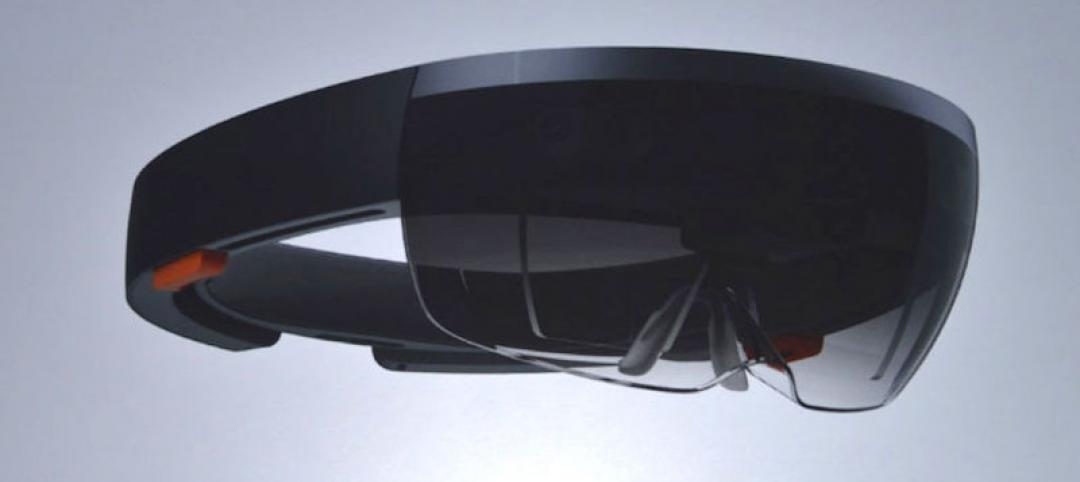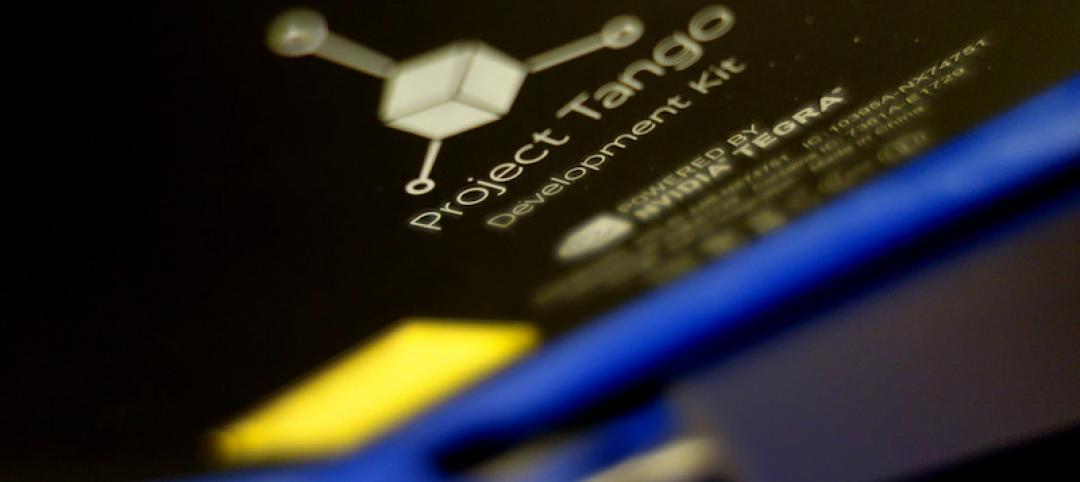Regardless of the sport, luxury box seats and seats in close proximity to the field of play always command the highest ticket prices. But when it comes to the increasingly popular field of competitive gaming, or eSports, the model for a premium seat needs to be rethought. The action is happening in a digital world on screens, so fans don’t care about their proximity to the main stage.
Luxury boxes don’t have the same appeal either. “In many of the events now, they don’t even utilize the suites because there isn’t enough demand,” says Brian Mirakian, Senior Principal with Populous and Director of the firm’s fan experience design practice, Populous Activate. “They’ll actually use the suites for the teams and families that are flying in from all over the world.”
ALSO READ: Gamers paradise: The rise of eSports Arenas
The key to this new type of premium seat for the eSports world is immersion. In order to get fans to pay up, the experience needs to immerse the user into the actual competition.
Populous is exploring biometric seating technology that utilizes a combination of displays and AR/VR technologies to place fans in the action. The seats are equipped with speakers that provide a direct link into a given team’s insider communications during a match. An environmental haptic system registers the competitors’ heart rate during competitive play, and a data analysis console feeds important stats in real-time. The seats feature other neat gadgets, like a biometrics analyzer and temperature-controlled seating panels.
The goal of these high-tech seating pods is to offer an experience that cannot be attained anywhere else. They blur the line between the real world and the gaming world, and make fans feel as though they are not just entering an eSports arena, but an entirely new digital world, one where they are shoulder to shoulder with the world’s best gamers.
Related Stories
Designers | Jan 13, 2017
The mind’s eye: Five thoughts on cognitive neuroscience and designing spaces
Measuring how the human mind responds to buildings could improve design.
Augmented Reality | Dec 12, 2016
Gensler & Trimble: Augmented reality enters the design process
With the Trimble Software for Microsoft’s HoloLens device we’re able to bring into the physical world what exists only digitally.
Sports and Recreational Facilities | Jul 20, 2016
San Diego’s waterfront redevelopment would go beyond a mere ‘project’
Its developers envision a thriving business, education, and entertainment district, highlighted by a huge observation tower and aquarium.
Augmented Reality | Jul 15, 2016
Pokémon Go is helping people discover their cities
While catching them all may be the main goal, the wildly popular mobile game is also leading people to trek to unexplored corners of their cities
AEC Tech | May 9, 2016
Is the nation’s grand tech boom really an innovation funk?
Despite popular belief, the country is not in a great age of technological and digital innovation, at least when compared to the last great innovation era (1870-1970).
Virtual Reality | Apr 29, 2016
NBBJ to develop virtual reality productivity platform
The Seattle design firm has partnered with Visual Vocal, a startup VR company.
Augmented Reality | Apr 21, 2016
Is mixed reality a more exciting prospect than virtual reality? Movie director Peter Jackson thinks so
Magic Leap and Microsoft’s HoloLens are just two examples of mixed reality technology on the horizon that are determined to blend the real world with the stuff of dreams.
Building Tech | Apr 12, 2016
Should we be worried about a tech slowdown?
Is the U.S. in an innovative funk, or is this just the calm before the storm?
Virtual Reality | Apr 8, 2016
Skanska will use Microsoft HoloLens to lease planned Seattle high rise
The mixed reality headset will allow people to take a holographic tour of the building while keeping visual contact with the leasing representative.
AEC Tech | Mar 15, 2016
Two to tango: Project Tango isn’t just for entertainment, it also has a wide range of possibilities relating to the professional world
Making things like augmented reality, precise measurements of indoor spaces, and indoor wayfinding possible, Google’s Project Tango has all the makings to become a useful and ubiquitous tool in the AEC market.



